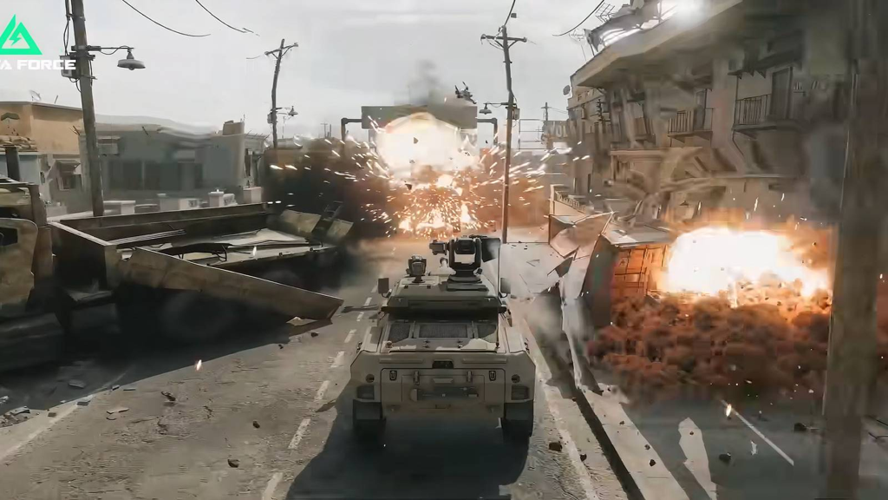Garage Door Opener Repair Northern Virginia: Restoring Convenience and Security

Your garage door opener provides essential convenience and security, allowing keyless entry and remote operation. When it malfunctions, you're left manually lifting a heavy door or unable to access your garage entirely. Northern Virginia homeowners dealing with opener problems need to understand common issues, when repair makes sense versus replacement, and what professional service entails.
Common Opener Problems
Opener issues manifest in various ways, each indicating different underlying problems. If your remote works intermittently or not at all, the problem might be simple dead batteries or more complex issues like signal interference, damaged circuit boards, or antenna problems. Wall-mounted keypads experiencing similar issues may have corroded connections or worn wiring.
Doors that reverse immediately after touching the ground typically have misaligned or dirty photo-eye sensors. These safety devices prevent the door from closing on objects or people, but accumulation of dirt, spider webs, or physical misalignment causes false readings. Sometimes, direct sunlight interference affects sensor operation, particularly during specific times of day.
Strange noises—grinding, clicking, or humming without door movement—suggest mechanical problems within the opener unit. The drive mechanism may be worn, gears could be stripped, or the motor might be failing. Intermittent operation, where the door works sometimes but not others, often indicates electrical problems, circuit board issues, or failing capacitors in older units.
If your opener runs but the door doesn't move, the problem likely involves the trolley carriage, disconnected chains or belts, or a disengaged manual release that hasn't properly reconnected. Conversely, if the door moves only partially before stopping, travel limit settings may need adjustment, or sensors may be detecting phantom obstructions.
Troubleshooting Before Calling Professionals
Homeowners can safely address several opener issues. Start with the simplest solution: replace remote batteries and reprogram remotes according to your opener's manual. Clean photo-eye sensors with a soft cloth—dirt accumulation is surprisingly common and easily resolved.
Check that sensors are properly aligned, with indicator lights showing steady or correct flashing patterns as specified in your manual. Ensure nothing obstructs the sensor beam and that direct sunlight isn't interfering with operation.
Examine the door's manual operation by pulling the release cord and manually lifting the door. If it doesn't move smoothly or feels unusually heavy, the problem isn't the opener—you're dealing with spring, track, or balance issues requiring professional attention. An opener can't compensate for mechanical problems with the door itself.
Inspect obvious electrical issues: verify the unit is plugged in, check for tripped breakers, and ensure GFCI outlets haven't tripped. Reset the opener according to manufacturer instructions—sometimes simple reboots resolve electronic glitches.
When Professional Repair is Necessary
If basic troubleshooting doesn't resolve the issue, professional diagnosis is warranted. Technicians have specialized equipment to test motors, circuit boards, and sensors accurately. They can identify whether problems stem from the opener itself or underlying door issues affecting opener performance.
Professionals safely repair or replace internal components: worn gears, damaged circuit boards, failing capacitors, or burned-out motors. They properly adjust force settings and travel limits, ensuring safe operation that doesn't damage the door or create safety hazards. Incorrect force settings can prevent safety reversal features from working properly or cause excessive wear on door components.
Opener repairs should include comprehensive inspection of related components. Technicians examine chains, belts, or screws for wear, check trolley carriages and rail alignment, test all safety features, and verify proper door balance—critical for opener longevity.
For homeowners planning upgrades or replacements, professional garage door installation in Northern Virginia ensures that new systems are properly aligned, safely balanced, and optimized for long-term reliability.
Repair Versus Replacement
Opener repair makes economic sense for newer units experiencing specific component failures. If your opener is under ten years old and generally reliable, repairing isolated problems typically costs significantly less than replacement.
However, replacement becomes more practical for openers over 15 years old, especially those requiring expensive repairs like motor replacement. Older units lack modern safety features and smart technology, consume more energy, and operate more noisily than contemporary models. If your opener requires frequent repairs, replacement provides better long-term value.
Safety considerations also drive replacement decisions. Openers manufactured before 1993 lack required safety features and should be replaced regardless of operational status. Modern openers offer enhanced security through rolling code technology, smartphone connectivity, and battery backup for power outages—features worth considering during replacement decisions.






